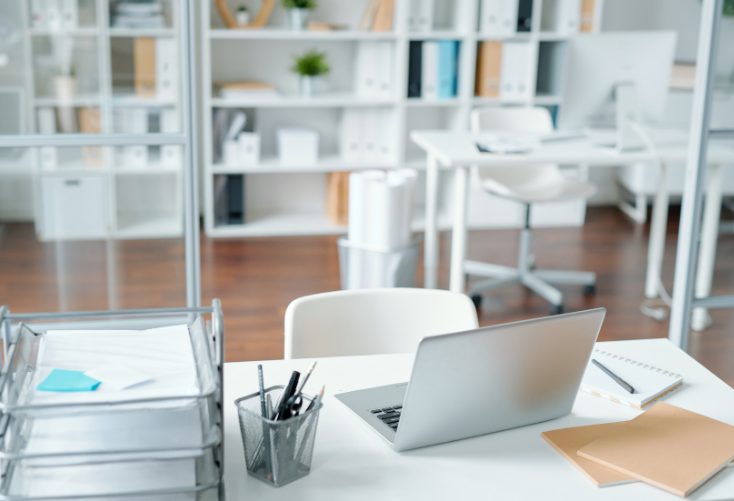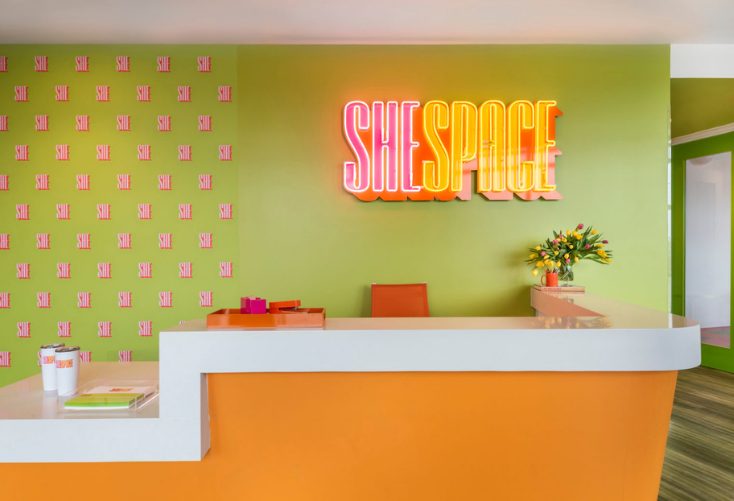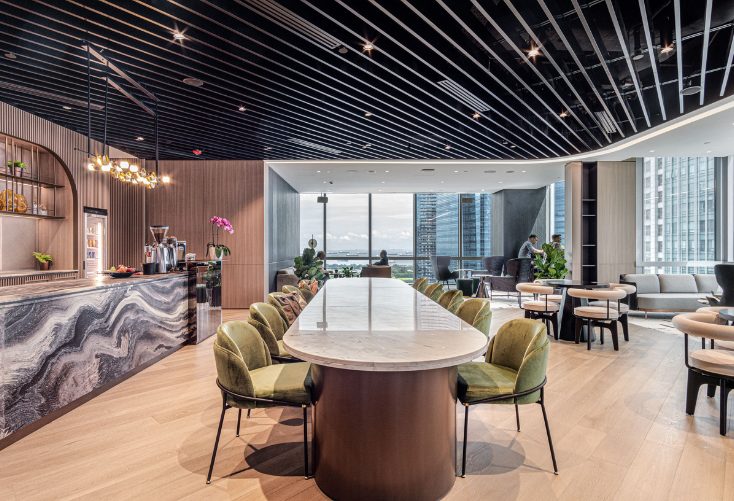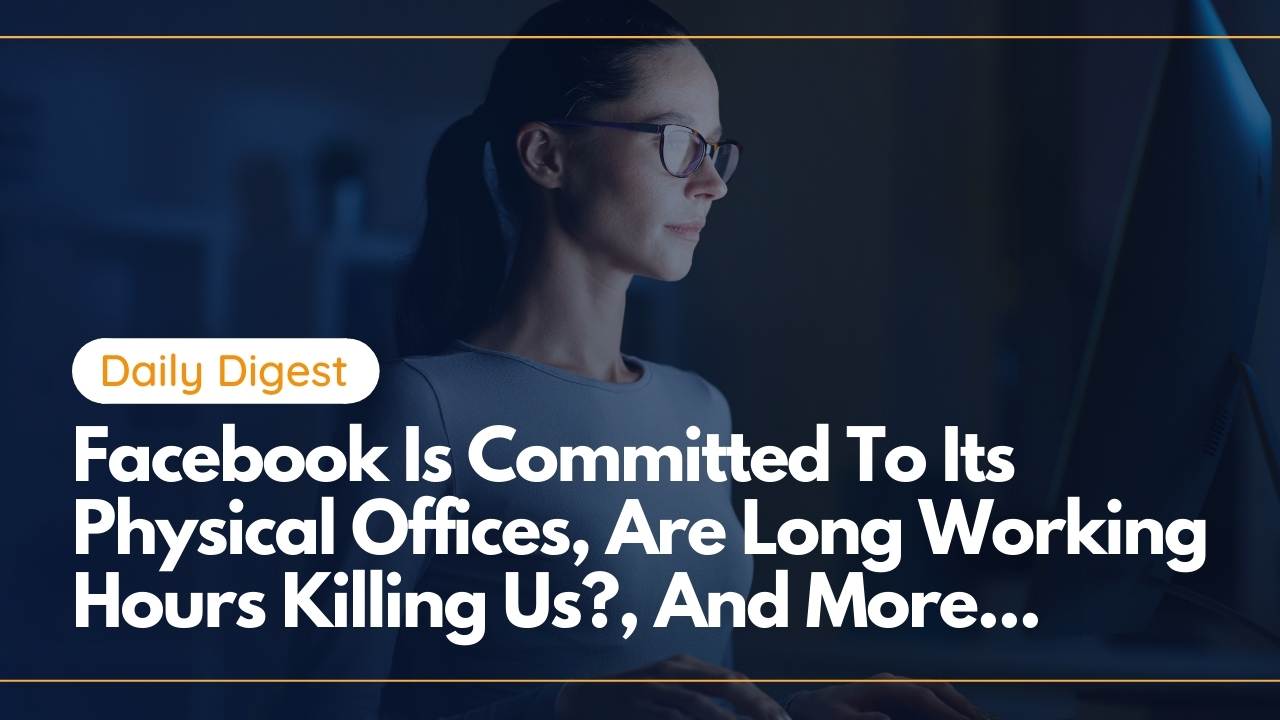Hand selected flexible workspace news from the most reliable sources to keep you ahead of the pack. We find all the latest news, so you don’t have to. Morning and afternoon updates. Stay in the know.
Here’s what you need to know today:
- Chicago’s Office Market Recovery Will Be Slow
- Startup Aims To Tackle Remote Working Challenges
- Returning To The Office Seamlessly
- Female-centric Coworking Space Aims To Create A Community
- Finding The Right Hybrid Work Policy
- Flex Space Operator To Feature Emerging Artists
Chicago’s Office Market Recovery Will Be Slow
A report from Colliers International shows that Chicago’s Downtown office vacancy reached a 15-year high during the first quarter of 2021.
The vacancy sat at 16.1% from January through March, which was a percentage point higher than the previous quarter. The report also found that office availability hit 22.3% during the first quarter compared to the 16.8% seen during the same time in 2020.
“A real reset will begin once businesses return to their office spaces and reassess workplace needs,” the report said. “Although there is some optimism in the market with a slight uptick in activity compared to last quarter, a return to market ‘health’ is a long way off.”
Companies who have downsized or walked away from their leases have greatly impacted the market over the past year or so. Potential for new developments have also been put on hold or scrapped, such as Nexstar Media Group and Riverside Investment & Development’s 1.2 million square foot office and residential complex.
The report noted there was still 3.9 million square feet under construction during the first quarter, but that this was a significant dip from the 5.3 million square feet during the first quarter of 2020.
While the report anticipates office activity to pick up during the summer, recovery will be slower than what has been seen during past recessions.

Startup Aims To Tackle Remote Working Challenges
As companies have settled into remote working policies, the good and the bad have been highlighted. With many regions are inching their way into a post-pandemic society, leaders are wondering how to balance work arrangements in the future.
Issues with workflow, productivity, collaboration and isolation have always plagued distributed teams, but remote startup Gatheround is trying to tackle these challenges.
“For remote companies, a big challenge or problem that is now bordering on a crisis is how to build connection, trust and empathy between people that aren’t sharing a physical space,” said Lisa Conn, co-founder and COO at Gatheround. “There’s no five-minute conversations after meetings, no shared meals, no cafeterias — this is where connection organically builds.”
Conn adds that humans are innately social creatures, and as more companies adopt remote policies, it’s important for business leaders to ensure their employees are not experiencing feelings of isolation.
Gatheround aims to combat this by hosting real-time online events, such as chats and group conversation, in order to bring people together online. It also features templates for cultural rituals and learning & development activities, as well as all-hands meetings and DEI workshops.
Recently, the company received $3.5 million in seed funding as it prepares to rapidly expand its services and build on the momentum it’s seen in the past year or so.

Returning To The Office Seamlessly
The transition back to the office is becoming a reality for many companies, but doing so in a way that applies the lessons learned from the last year will be a challenge.
Although the shift to remote working has been a dream for some, the unfortunate truth is that mental health has taken a major hit and people are struggling more than normal. In addition to loneliness and isolation, working mothers have had to leave the workforce and people of color are experiencing major racial and social trauma.
So what can business leaders do to address the negatives and adopt the positives when coming back to the office?
Creating a sense of belonging will be key for both in-office and remote workers. This will require reinforcing three factors: feeling comfortable, feeling connected to coworkers and feeling like you are contributing meaningful work.
Leaders should emphasize this by reminding workers that everyone is working towards the same goal, while also acknowledging different work styles and accomplishments.
Additionally, leaders should adjust policies and integrate wellbeing into the flow of work. For instance, incorporating pulse surveys that can get a read on an employees’ mental state at the time can provide leaders with a better understanding of how their workers are feeling, then offer them mental health resources that could be helpful.

Female-centric Coworking Space Aims To Create A Community
Female-oriented coworking space SheSpace aims to provide a place of solace after the workforce faced an office hiatus for well over a year.
The Houston company provides a dedicated shared office that focuses on inclusivity, creativity and flexibility.
SheSpace’s various membership levels features multiple coworking spaces, dedicated desks, private offices, conference rooms, a podcast studio, as well as basic office amenities such as high-speed WiFi, printers, office supplies and more.
Founded by Stephanie Tsuru and her daughter-in-law Katie Tsuru, SheSpace tries to go beyond office services by offering its SheConnects Social Membership that gives women access to events, happy hours, classes, workshops and networking opportunities.

Finding The Right Hybrid Work Policy
Companies are deciding which workplace strategies to incorporate in the future that will create an environment that balances the perks of remote working and in-office interactions.
To appease both arrangements, some organizations are adopting hybrid work policies that aim to provide the best of both worlds. However, to integrate these models in a way that is effective, leaders need to understand which combination will maximize productivity and employee wellbeing.
This will require identifying which parts of each role is best done where. For instance, for collaborative efforts, employees should come into the office. For tasks that require a lot of concentration, workers should be able to work from home.
Other scenarios should be considered as well, such as drafting work from home and coming into the office to further develop projects with colleagues.
Tracking metrics can help when making this decision, but this doesn’t necessarily mean looking at productivity based on hours worked. Measured soft metrics that allow employees to log in their mood and accomplishments at the end of the day, as well as let them send them weekly or monthly feedback can help provide insight into what may need to be improved within workplace policies.
Once leaders have designated what the preference of their team is and which tasks are best performed in specific settings, companies can seamlessly transition to the optimal hybrid working model.

Flex Space Operator To Feature Emerging Artists
Flexible workspace operator Arcc Spaces offers a human-centric approach to shared offices across Asia. With a focus on entrepreneurship and creativity, Arcc Spaces is furthering its message through a new partnership with global art exchange platform ArtWallStreet.
At 75 High Street by Arcc Spaces in Singapore, the operator offers over 18,000 square feet of private offices, communal areas and meeting rooms. Now, the new partnership aims to improve the member experience by incorporating some of Asia’s prominent up-and-coming artists to inspire occupants throughout their day.
The exhibit will help highlight art from local artists and allow this new generation access to a platform that showcases their work.
“Our partnership with Arcc Spaces adds to our mission to bring art closer to everyone. At ArtWallStreet, we challenge the idea that art is meant to be seen only in an ‘art gallery’ rather than in places where people spend the most time,” said Arun Sugumaran, cofounder and CEO of ArtWallStreet. “Working with Arcc Spaces means that local emerging artists will get exposure to a wide cross-section of professionals who may or may not have the time or inspiration to visit a gallery.”



 Dr. Gleb Tsipursky – The Office Whisperer
Dr. Gleb Tsipursky – The Office Whisperer Nirit Cohen – WorkFutures
Nirit Cohen – WorkFutures Angela Howard – Culture Expert
Angela Howard – Culture Expert Drew Jones – Design & Innovation
Drew Jones – Design & Innovation Jonathan Price – CRE & Flex Expert
Jonathan Price – CRE & Flex Expert













